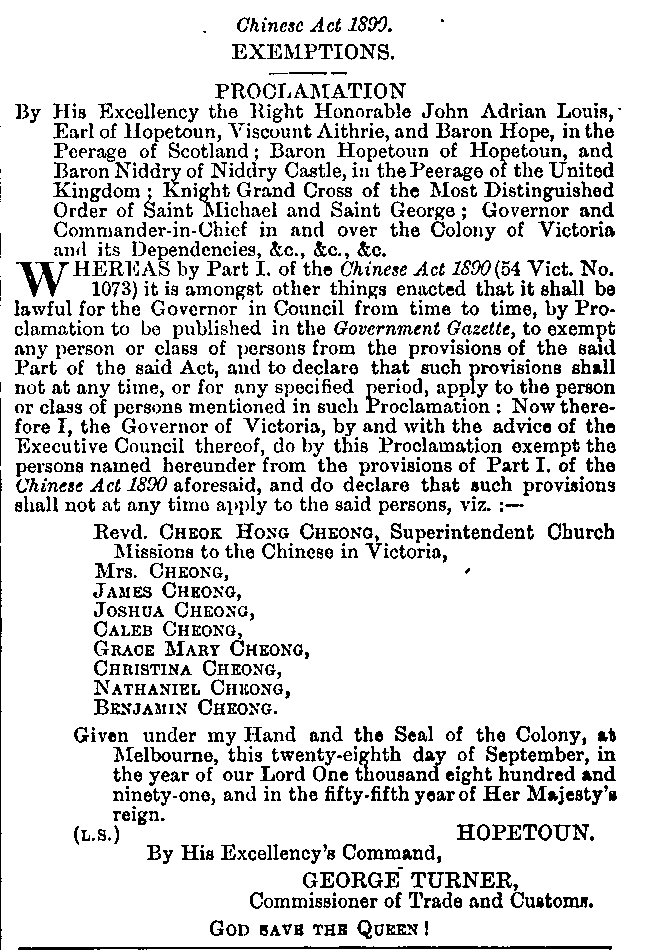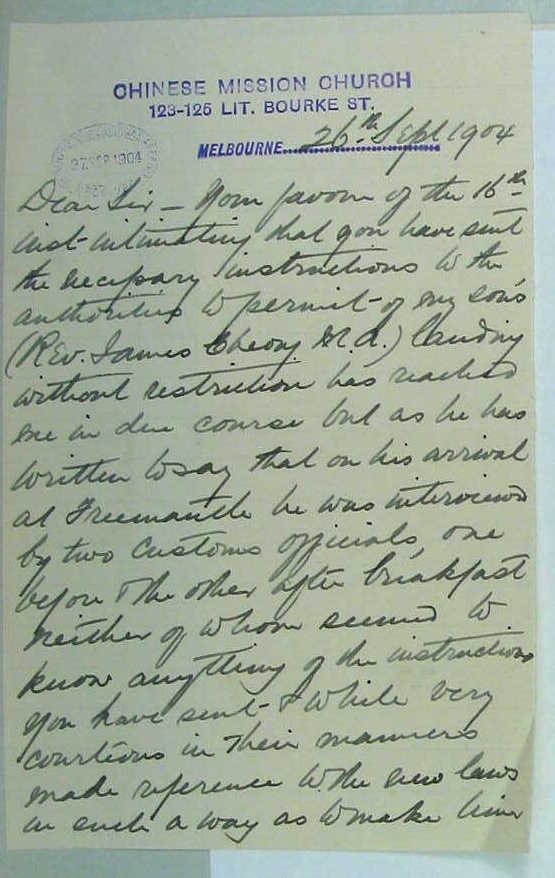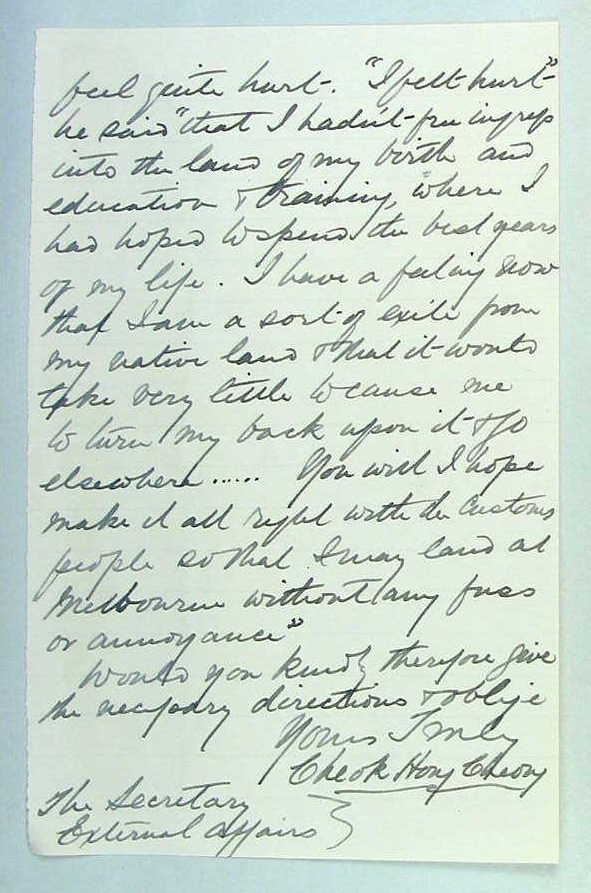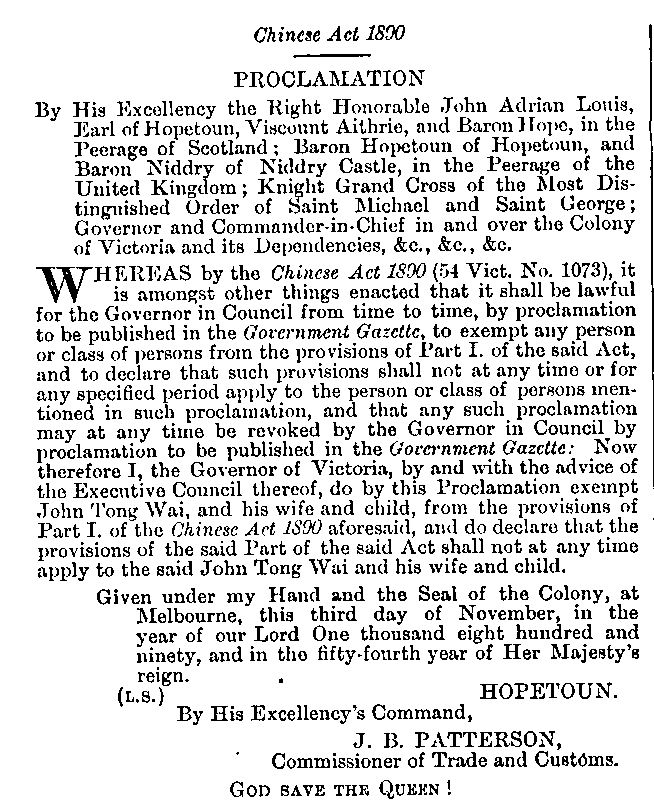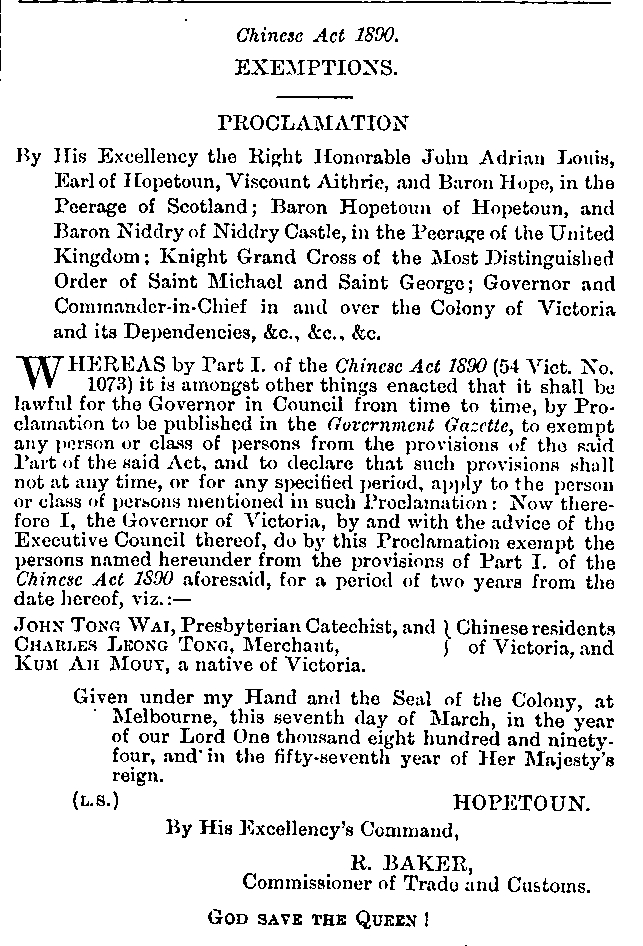By Terry Young (Chinese Australian Family Historians of Victoria)
Some of you may be wondering how did this project come about?
In 2017, I had the pleasure of contributing to a fascinating project called ‘The Real Face of White Australia’. It was an online project to crowdsource the transcription of Certificates of Exemption from the Dictation Test (CEDT). I found it to be an immensely satisfying project in which to be involved. The records were from migrants who applied for certificates issued in New South Wales.
Sophie, another member of the Chinese Australian Family Historians of Victoria (CAFHOV), had also participated in the project. We started to talk about how we might do something similar and make CEDT records for Victoria more ‘discoverable’. Together with Andrew Wong, Alan To and Jonathan O’Donnell we started to look for a solution.
Unfortunately Victorian CEDT records were not archived in the same way as those from New South Wales.
Anyone who applied for a Certificate Exempting from the Dictation Test was registered in three volumes from 1904 to 1959. These volumes are stored at the National Archives of Australia in Melbourne.
The challenge: ‘How do we convert over 13,000 handwritten records into a database?’
The solution: Ask as many volunteers as possible to help transcribe these paper records into a digital format. Hence the Transcribing Chinese travels into Victoria’s history project was born.
This was a daunting task to accomplish as we needed many people to transcribe the volumes and we needed a software system to store these transcription records.
Seeking volunteers April 2019
To enlist a team of volunteers, we advertised in local libraries and on our Facebook page.

Facebook promotional video
Develop a system
We needed a system to efficiently and effectively facilitate the task of transcription. CAFHOV are indebted to one of our members, Andrew Wong, for volunteering for this task. He designed a brilliant web-based software system where our volunteers could view a digitized copy of the register page and enter a line by line transcription record.


CAFHOV would like to thank Andrew Wong for his valuable contribution to this project. Without it we would not have made any where near the progress we had made.
Andrew’s system can be found at www.chineseancestor.org/chindex. It uses the original unverified transcription data.
Transcription Event May 5, 2019
As part of the Australian Heritage Festival, we held a transcription event at the Chinese Museum with approximately 50 volunteers in attendance. Volunteers also participated online locally and from interstate. We were pleased to see at least half of our volunteers came from the general public. There were volunteers from Hobart, Western Australia, Canberra and Adelaide. Our marketing campaign had been successful.

It was a challenging and exciting day not knowing how the software would perform and how the volunteers would respond. Fortunately the network and the web based software worked well, as long as participants were patient. Our volunteers came from diverse backgrounds and technical ability. Feedback from our participants told us they found it to be satisfying and a worthwhile task.

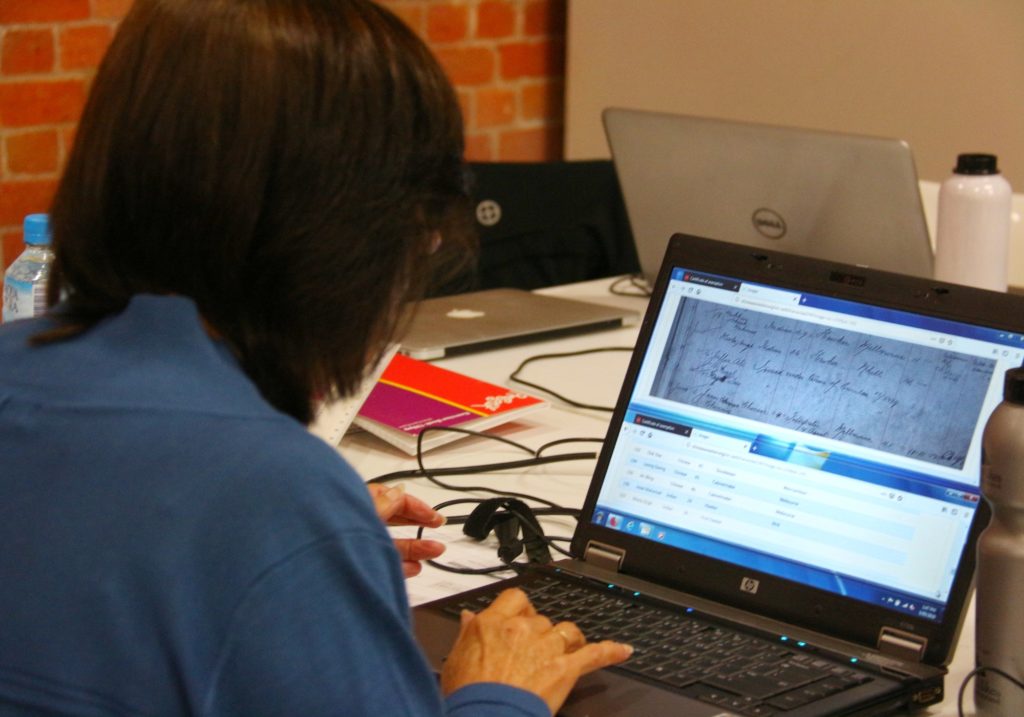
We were not sure how many of the records would be transcribed by the end of the day but were hopeful that we might achieve a target of 50 percent. The count at the end of the event was 30 percent completion. Those on the committee were already thinking about organising two more events to complete the task. Little did we know what lay ahead for the project.
We sent out emails to thank our volunteers and ask them to continue transcribing online. The system was still available for those who wished to continue from their home computers.
The online system was able to display the number of records transcribed and also show the highest number of records transcribed by any volunteer (The Top Ten). This proved to be an incentive for people who are competitive. In educational design practice it is called Gamification methodology, which is used to facilitate motivation.

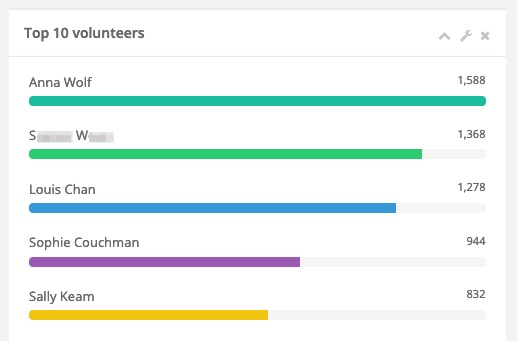
Any volunteer who reached a milestone number of transcriptions completed was sent an email with a specific badge image to congratulate them. This communication formed a message to the users that we were recognising their individual efforts.



The completion of the transcription project of 13,127 records was finished in an unanticipated timeframe. It was completed in three weeks not thirty weeks.
The organising committee was completely flabbergasted and very happy that we were able to complete the transcription work in such a short timeframe.
The following email was sent out to all our volunteers:
Dear Transcription Volunteer We would like to inform you that last Friday afternoon, the first and most labour intensive phase of our transcription project was completed. This would not have been possible without your generous help and support. The team has been impressed with the speed at which you completed this task. Some of you transcribed every day. Some of you transcribed in the wee small hours. Some of you transcribed before the sun came up. Some of you worked from interstate in Hobart, Adelaide and Canberra. Everyone’s efforts contributed to this enormous feat.Our next task will be to review the accuracy of our transcription data. Once this is complete we will be making the data available to the public. We will keep you posted. Many thanks again from the Chindex Team.
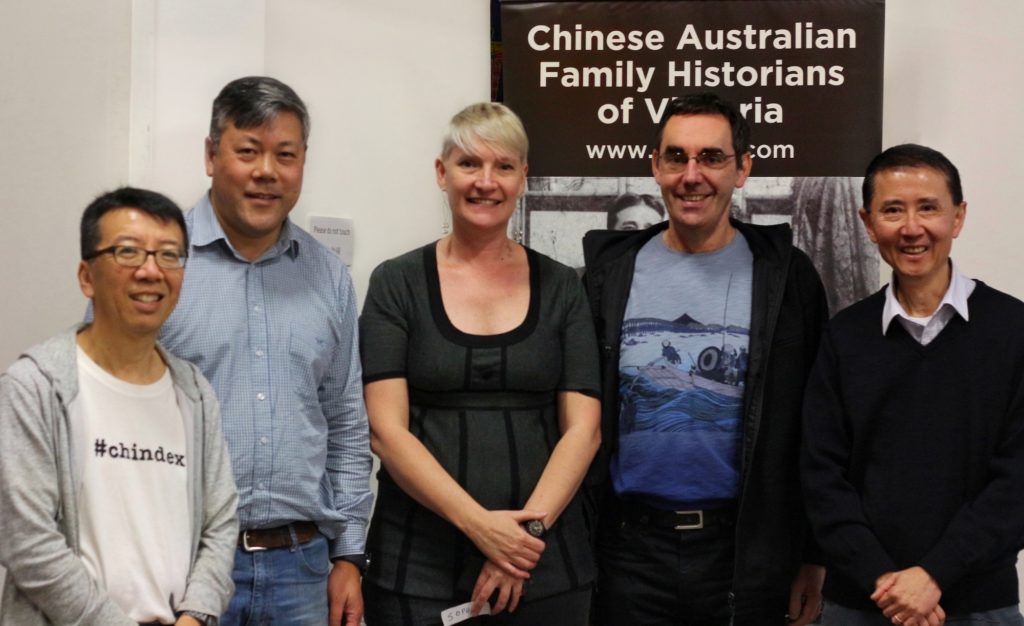
Reflection
So this is a story of the original transcription work that was needed to get us to this current project, the Victorian CEDT Index. It has only been possible because of the combined contributions from passionate people inspired by family history. Without their enthusiasm and support we would not have achieved this mammoth task.
Key outcomes
- Building of community within CAFHOV
- Increased profile of CAFHOV within family history networks
- Strengthened partnership with Museum of Chinese Australian History
- Public outreach and awareness
- 13,127 records transcribed
NB. We affectionately referred to the original project with a working title of the Chindex Project but we recognise that the records contain data about many other nationalities, not just Chinese, we have changed the name to the Victorian CEDT Index.
Terry Young
Terry is a first generation Chinese Australian. As an adult he developed a curiosity about the unspoken lives of his Cantonese speaking parents. Both migrated to Australia during difficult times, personally and historically. Terry’s family research has helped shape his persona and identity. He continues to research and discover details about his ancestors and his extended family, not only for his personal satisfaction but also for future family generations.


